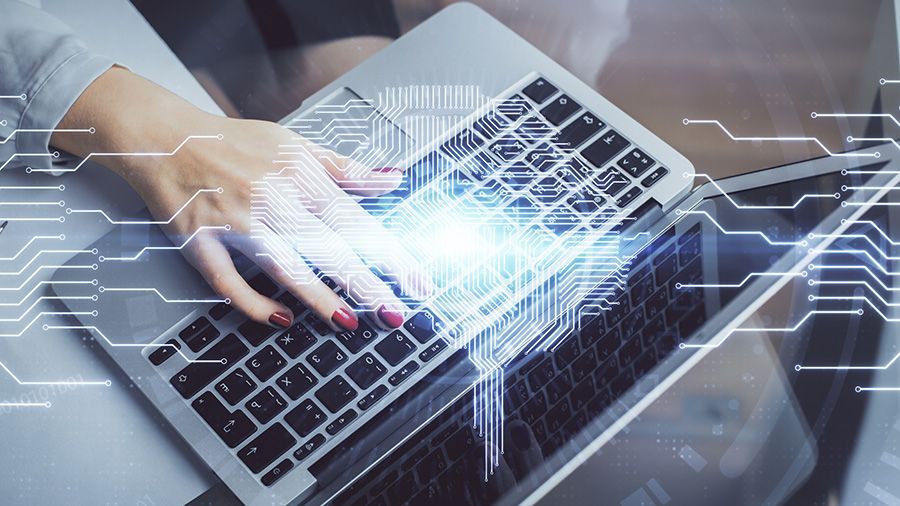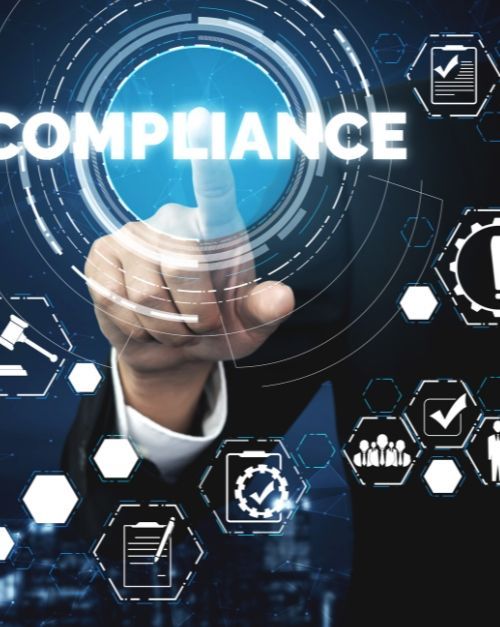Article
Top 15 Cybersecurity Trends: Securing Your Data in 2025
Insights and Predictions from Leading Public and Non-Profit Organizations
2025 promises to be a pivotal year in cybersecurity. Public and non-profit organizations worldwide are predicting significant shifts in how we secure digital assets. From advanced AI-powered solutions to enhanced regulations, these trends will shape the strategies organizations adopt to protect their data. Below are 15 key cybersecurity trends for 2025, offering a roadmap to safeguard critical information and infrastructure.
1. Rise of Agentic AI in Cybersecurity
Agentic AI, which refers to systems capable of autonomous decision-making, will play a crucial role in 2025. By automating threat detection and response, Agentic AI reduces reaction times and enhances organizational resilience. According to ENISA, deploying autonomous AI systems will be vital for mitigating real-time threats and securing dynamic environments like IoT networks.
2. Generative AI for Threat Intelligence
Generative AI tools are expected to enhance cybersecurity by generating synthetic datasets for testing security systems and detecting anomalous patterns in real-time. The National Institute of Standards and Technology (NIST) emphasizes the importance of AI-driven tools in preempting cyberattacks through predictive analytics.
3. Stricter Global Cybersecurity Regulations
Non-profit organizations like the Internet Society predict a global push toward harmonizing cybersecurity regulations. Enhanced cross-border cooperation will address data privacy concerns and enforce compliance standards, particularly for critical infrastructure.
4. Emphasis on Cybersecurity in Critical Infrastructure
The Cybersecurity and Infrastructure Security Agency (CISA) projects increased focus on securing critical infrastructure, such as healthcare, energy, and transportation systems. Enhanced real-time monitoring and robust incident response frameworks will be at the forefront.
5. Cybersecurity Workforce Development
Addressing the global shortage of cybersecurity professionals will remain a priority. Initiatives by the Global Forum onCyber Expertise (GFCE) aim to bridge the skills gap through public-private collaborations and tailored training programs.
6. Zero Trust Architecture Expansion
The National Cyber Security Centre (NCSC) anticipates widespread adoption of Zero Trust frameworks. These architectures, which operate under the principle of "never trust, always verify," will enhance security by minimizing access privileges and continuously authenticating users.
7. Securing IoT Ecosystems
With IoT devices projected to exceed 75 billion by 2025, securing interconnected systems will be crucial. The International Telecommunication Union (ITU) highlights the need for robust encryption, secure firmware updates, and segmentation of IoT networks.
8. Addressing Cloud Security Challenges
The Cloud Security Alliance (CSA) emphasizes the importance of securing multi-cloud environments. Misconfigurations, unauthorized access, and insecure APIs remain top vulnerabilities that organizations must address through standardized best practices.
9. AI-Driven Phishing Detection
The Anti-Phishing Working Group (APWG) forecasts increased use of AI to combat phishing attacks. These systems will analyze email patterns, identify malicious content, and proactively block threats.
10. Tackling Ransomware Evolution
Ransomware-as-a-Service (RaaS) is expected to become more prevalent. The Global Cyber Alliance (GCA) advises organizations to adopt multi-layered defenses, such as endpoint detection, encrypted backups, and advanced threat intelligence.
11. Expansion of Cybersecurity in Automotive Systems
With connected vehicles becoming mainstream, the United Nations Economic Commission for Europe (UNECE) stresses the importance of securing automotive systems against vulnerabilities in autonomous driving and infotainment networks.
12. Enhancing Supply Chain Security
The World Economic Forum (WEF) predicts that securing global supply chains will be a key focus in 2025. Collaborative frameworks and AI-driven risk assessments will mitigate vulnerabilities arising from third-party dependencies.
13. Quantum Computing Preparedness
Preparing for quantum-era threats is critical. Organizations like Quantum Safe Canada are advocating for the adoption of quantum-resistant cryptography to protect sensitive data against future quantum decryption capabilities.
14. Strengthening Public-Private Partnerships
The Organization for Economic Cooperation and Development (OECD) underscores the importance of collaborative efforts between governments, non-profits, and businesses. These partnerships will drive innovation and enhance collective defense mechanisms.
15. Emphasis on Cybersecurity Awareness
Cyber hygiene and awareness campaigns led by organizations such as Stop.Think.Connect. will empower individuals and businesses to adopt safer online practices, reducing the impact of human error.
The cybersecurity landscape in 2025 will be defined by advancements in AI, stricter regulations, and collaborative efforts to mitigate emerging threats. Organizations that embrace these trends and proactively adopt cutting-edge solutions will be better positioned to protect their assets and maintain trust in an increasingly interconnected world.







